Space News
Nasa
416
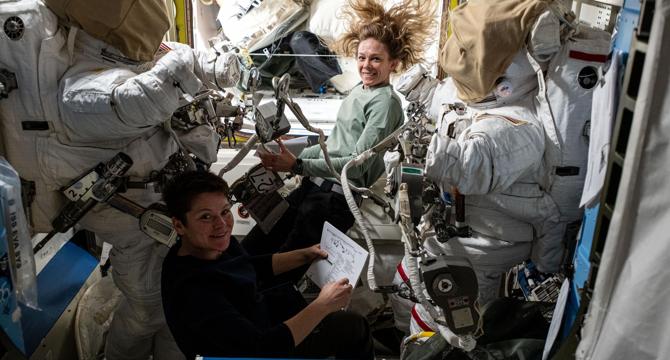
Image Credit: Nasa
NASA Astronauts to Answer Questions from Students in New York
- NASA astronauts Anne McClain and Nichole Ayers from the International Space Station will answer questions from students in Bethpage, New York about science, technology, engineering, and mathematics via a 20-minute Earth-to-space call on May 16.
- The event, hosted by Central Boulevard Elementary School, will feature students highlighting their year-long reading program 'Reading is a Blast-Exploring a Universe of Stories.'
- Astronauts aboard the space station communicate with NASA's Mission Control Center in Houston through SCaN's Near Space Network, conducting important research and technology investigations benefiting people on Earth and preparing for future human exploration of Mars.
- NASA's Artemis campaign aims to send astronauts to the Moon and eventually Mars to inspire future explorers and maintain the United States' leadership in space exploration.
Read Full Article
25 Likes
Nasa
283

Image Credit: Nasa
NASA Kennedy Engages STEM Participants
- Students from Eau Gallie High School in Melbourne, Florida, visited NASA's Kennedy Space Center's Prototype Development Laboratory.
- The STEM participants had the opportunity to learn from technicians who design, fabricate, and test prototypes at the lab.
- NASA Kennedy's Office of STEM Engagement aims to attract, engage, and enable students pursuing careers in STEM fields.
- Some participants have been involved in designing and building a wheel for a lunar excavator demonstration mission through the NASA HUNCH program.
Read Full Article
17 Likes
Livescience
407
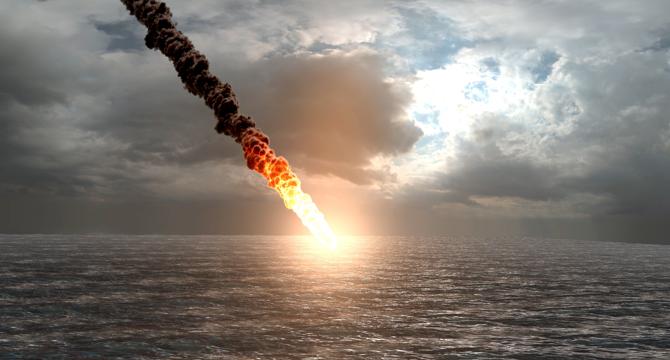
Image Credit: Livescience
Doomed Soviet spacecraft Kosmos 482 could hit Earth tonight. Here's when.
- The failed Soviet spacecraft Kosmos 482 is expected to reenter Earth's atmosphere this weekend, possibly crashing as early as tonight.
- Predictions from the European Space Agency suggest a reentry time around 2:26 a.m. EDT on Saturday, with a window between 10 p.m. EDT Friday and 7 a.m. EDT Saturday.
- Kayhan Space predicts a narrower window for reentry at 2:28 a.m. ET on May 10, plus or minus 2.4 hours.
- The uncertain atmospheric density in lower altitudes poses challenges for precise predictions.
- The 1-meter-wide Kosmos 482 could land anywhere between 52 degrees north and 52 degrees south, with high likelihood of ocean landing.
- The prospect of the spacecraft hitting a person is minimal, typical of falling space debris scenarios.
- Kosmos 482 was part of the Soviet Venera mission to Venus in 1972 but got stuck in Earth's orbit due to a rocket malfunction.
- With over 1.2 million space debris pieces in orbit, reentries and collisions are increasing, emphasizing the need for responsible end-of-life plans for satellites.
Read Full Article
24 Likes
Guardian
349
Image Credit: Guardian
Part of Soviet-era spacecraft to crash to Earth this weekend
- Part of a Soviet spacecraft, Kosmos 482, is expected to crash back down to Earth this weekend, uncertain of the landing location.
- Launched in 1972, the spacecraft was intended for Venus but failed to escape low Earth orbit and broke into four pieces.
- The robust design of the spacecraft, meant to withstand Venus's extreme conditions, is likely to survive re-entry into Earth's atmosphere.
- The landing probe could crash between latitudes of 52 degrees north and 52 degrees south, with expected re-entry from 9 to 10 May.
Read Full Article
21 Likes
Discover more
Knowridge
278

Image Credit: Knowridge
DNA-like molecule that could survive in Venus’s harsh clouds, study finds
- A new study has revealed that a DNA-like molecule called peptide nucleic acid (PNA) could survive in Venus's harsh clouds filled with sulfuric acid and other chemicals.
- PNA, a structural cousin of DNA, showed exceptional stability in conditions simulating Venus's clouds, suggesting the possibility of life or its building blocks in such extreme environments.
- Previous discoveries of phosphine gas and ammonia in Venus's atmosphere hinted at the potential for life, despite the planet's hostile conditions.
- Researchers aim to create a genetic polymer similar to DNA that can withstand Venus's varied cloud temperatures, potentially expanding our understanding of where life could exist in the universe.
Read Full Article
16 Likes
Knowridge
433

Image Credit: Knowridge
A single impact could leave a giant planet ringing for millions of years
- Researchers simulated a collision between two massive planets to understand the impact of such events.
- The study focused on detecting seismic waves from giant impacts using telescopes like JWST.
- The research looked at Beta Pictoris b, a young super-Jupiter, and its seismic activity caused by collision.
- The findings suggest that seismic activity induced by impacts could help probe the interiors of giant exoplanets.
Read Full Article
26 Likes
Spaceflightnow
225

Live coverage: SpaceX to launch 26 Starlink satellites on Falcon 9 rocket from Vandenberg
- SpaceX is set to launch 26 Starlink satellites on Falcon 9 rocket from Vandenberg Space Force.
- The Starlink 15-3 mission, delayed multiple times, will lift off from Space Launch Complex 4 East.
- The Falcon 9 first stage booster, tail number 1081, will be used for this mission, marking its 14th flight.
- Following liftoff, the booster will attempt a landing on SpaceX droneship, 'Of Course I Still Love You.'
Read Full Article
13 Likes
Nasa
79

Image Credit: Nasa
Crew Works Tech Demos and Maintenance on Friday
- The International Space Station crew conducted maintenance and tech demonstration tasks on Friday.
- NASA Flight Engineers worked on tasks such as removing MISSE hardware, setting up ELVIS microscope, conducting space agricultural studies, and testing bacteria samples.
- NASA Flight Engineer Jonny Kim focused on maintenance and IT activities, including hardware setup, drive scanning, and inventory checks.
- JAXA astronaut Takuya Onishi installed a crystallizer, replaced a controller card, and set up a tech demo for more efficient space-to-ground data transfer.
Read Full Article
4 Likes
Nasa
128
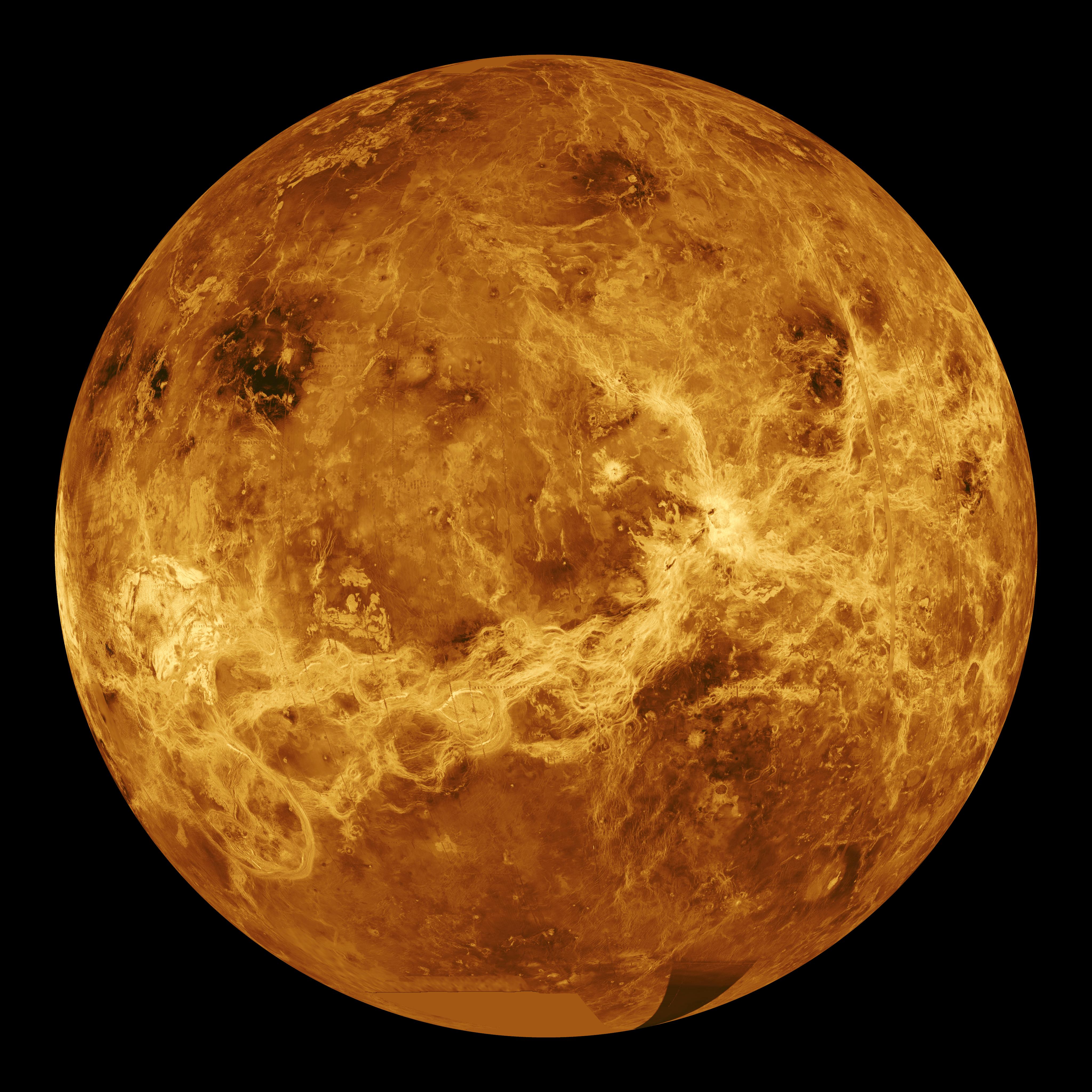
Image Credit: Nasa
NASA Study Reveals Venus Crust Surprise
- New NASA-funded research reveals surprising findings about the crust on Venus, Earth's hotter twin.
- Contrary to expectations, Venus' crust does not grow thicker over time but experiences a crust metamorphism process based on rock density and melting cycles.
- Venus has a one-piece crust with no plate tectonics like on Earth, making its 25-40 miles thick crust subject to metamorphism.
- The research suggests that Venus' crust undergoes processes like breaking off, melting, and driving volcanic activity, offering new insights into the geological evolution of the planet.
Read Full Article
7 Likes
Digitaltrends
44
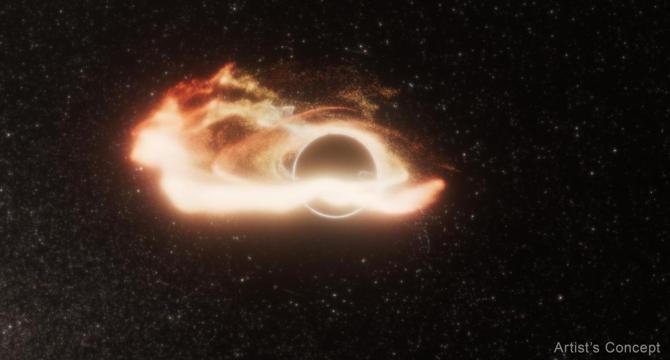
Image Credit: Digitaltrends
Hubble observes a rogue black hole devouring a star
- Astronomers using the Hubble Space Telescope have observed a black hole devouring a star, creating a tidal disruption event (TDE) named AT2024tvd.
- The black hole, located 2,600 light years away, was a wandering rogue unlike most supermassive black holes usually found in the center of galaxies.
- The researchers used Hubble, NASA’s Chandra X-Ray Observatory, and the NRAO Very Large Array telescope to observe the TDE and study the black hole's behavior.
- The galaxy where this event occurred contains two supermassive black holes, suggesting a previous merger of smaller galaxies, and theorizing a potential future merger of the two black holes.
Read Full Article
2 Likes
Nasa
159

Image Credit: Nasa
Using Our Facilities
- NASA’s Glenn Research Center in Cleveland provides ground test facilities in various specialized areas like acoustics, engine components testing, full-scale engine testing, flight research, icing research, materials and structures, and more.
- Their facilities offer superior customer service, flexible scheduling, and state-of-the-art testing capabilities.
- The facility request process includes contacting the facility manager or submitting a test request form, finalizing test requirements and schedule, providing cost estimates, signing a formal agreement, and beginning test execution.
- For further information about the facility capabilities or testing process at NASA Glenn, individuals can complete a form on their website or contact Michael McVetta at 216-433-2832.
Read Full Article
9 Likes
Brighter Side of News
261
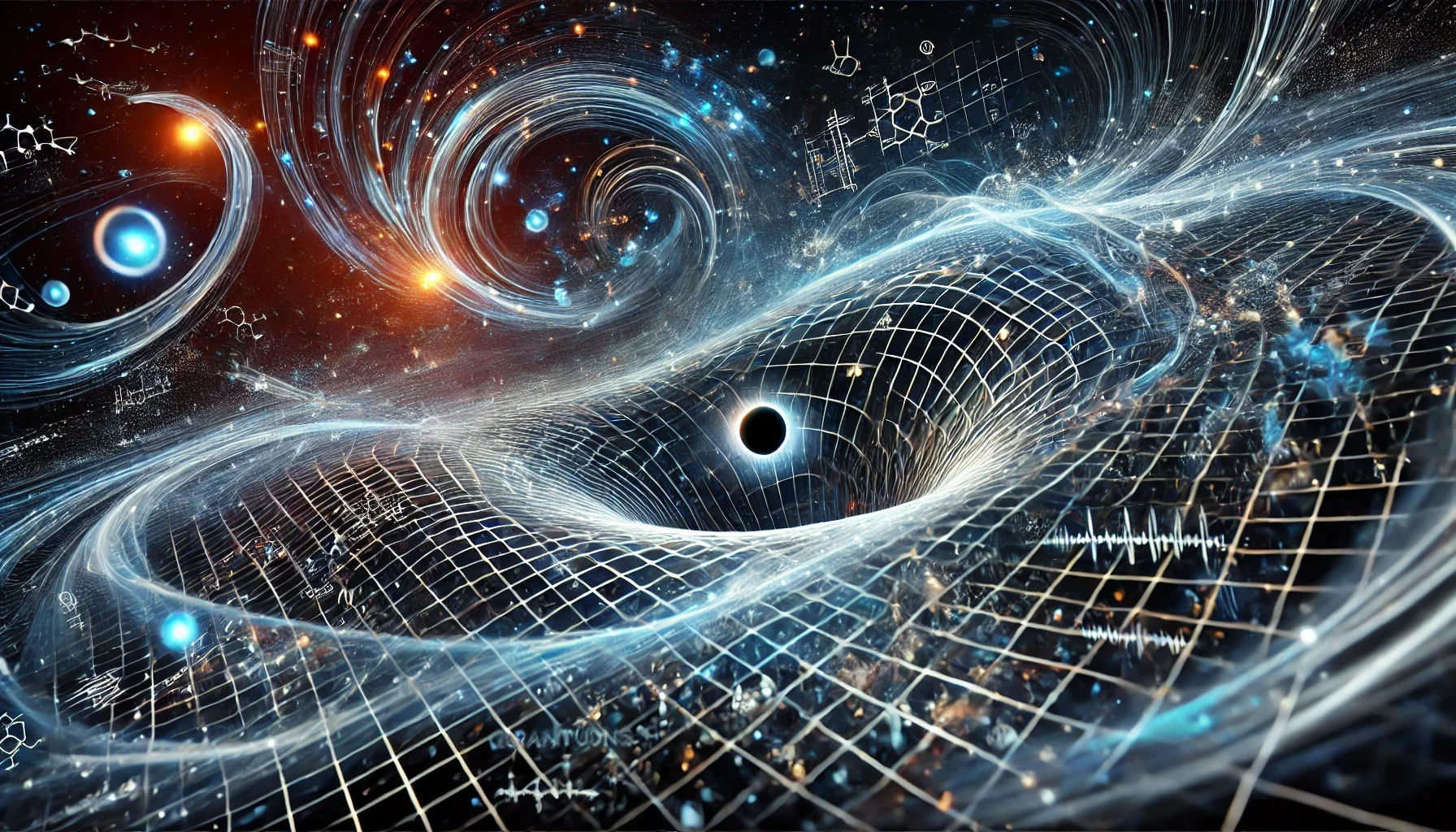
Image Credit: Brighter Side of News
New quantum gravity discovery could unite quantum mechanics and relativity
- Recent discoveries in nanoscale chemistry and astrophysics are reshaping industries and our understanding of the universe.
- Researchers studying molecular diffusion in metal-organic frameworks (MOFs) are unlocking ways to control and reverse diffusion behavior for better separation processes.
- A study published in Nature Communications demonstrated the precise tuning of MOFs to separate molecules with high selectivity.
- Astrophysicists are exploring the existence of naked singularities, visible points of infinite density that could offer insights into quantum gravity and dark matter.
- Professors proposed the concept of primordial naked singularities (PNaSs) as potential constituents of dark matter, challenging traditional views of the universe.
- Understanding quantum gravity through PNaSs could provide a unique opportunity to observe phenomena inaccessible in black holes.
- Collaborative efforts in MOF research and singularities studies highlight the importance of interdisciplinary approaches in scientific advancements.
- MOFs with tunable diffusion properties could revolutionize industries like petrochemicals and pharmaceuticals, while PNaSs could advance our knowledge of dark matter and quantum gravity.
- These discoveries not only expand scientific knowledge but also pave the way for innovative technologies and theoretical breakthroughs.
- By crossing boundaries between disciplines, researchers aim to unravel the mysteries of the universe and enhance our understanding of the natural world.
Read Full Article
15 Likes
Earthsky
371

Image Credit: Earthsky
Conclave: What’s in that black or white smoke?
- White smoke from the Sistine Chapel signifies the election of a new Pope during a papal conclave.
- The tradition of using smoke signals originated from burning ballot papers for secrecy in the 15th century.
- Black smoke indicates no consensus among cardinals, while white smoke confirms the selection of a new Pope.
- Initially, the smoke was not intended as public signaling, but observers interpreted it as such over time.
- Earlier methods involved burning damp straw and tar, leading to confusion between black and white smoke colors.
- The current formula for generating black smoke at the conclave includes potassium perchlorate and anthracene.
- White smoke is produced using potassium chlorate, lactose, and pine rosin for a cleaner combustion process.
- Modern chemistry has refined the smoke production to ensure clear distinctions between black and white smoke signals.
- The evolution of the smoke signaling system at the conclave highlights its transformation into a precise communication tool.
- The practice of generating white or black smoke has become a distinctive and unmistakable feature during papal elections.
Read Full Article
22 Likes
Earthsky
438

Image Credit: Earthsky
Our constant human presence in space nears 25 years
- In 2025, we mark 25 years of humans continuously inhabiting space since the first crew launched to the International Space Station on October 31, 2000.
- Anyone born after October 30, 2000, has never known a day without a human presence in space, according to the NASA History Office.
- The space race between the U.S. and Soviet Union led to milestones like Yuri Gagarin's orbit in 1961 and Valentina Tereshkova becoming the first woman in space in 1963.
- Neil Armstrong's historic moonwalk on July 20, 1969, marked the first time humans set foot on the moon, followed by 11 more lunar astronauts through 1972.
- Before the ISS, the Mir space station operated from 1986 to 2001, contributing to our continuous human presence in space.
- China's space station Tiangong, launched in 2021, joins the ISS in orbiting Earth, extending our human presence in space.
- The ISS's lifetime is limited, set to be deorbited in 2031, but plans for future space stations like lunar Gateway and Mars missions ensure our sustained presence in space.
- Humans have been consistently in space for 25 years, and with ongoing space missions, our presence in space is expected to continue.
- NASA plans to bring down the ISS in 2031, possibly guiding it to a watery demise in the Pacific Ocean near Point Nemo.
- Despite the ISS's end, the Tiangong space station and upcoming projects like lunar Gateway and Mars missions ensure our enduring human presence in space.
Read Full Article
26 Likes
Nasa
243

Image Credit: Nasa
Hubble Comes Face-to-Face with Spiral’s Arms
- The Hubble Space Telescope recently captured an image of the spiral galaxy NGC 3596, located 90 million light-years away in the constellation Leo.
- NGC 3596 appears almost face-on from Earth, showcasing its neatly wound spiral arms with concentrations of stars, gas, and dust indicating active star formation.
- The formation of spiral arms in galaxies has puzzled astronomers, with varying structures and the 'winding problem' historically challenging to explain.
- Recent research suggests that spiral arms represent patterns of high-density and low-density areas rather than physical structures, with materials moving through them akin to cars in a traffic jam.
Read Full Article
14 Likes
For uninterrupted reading, download the app